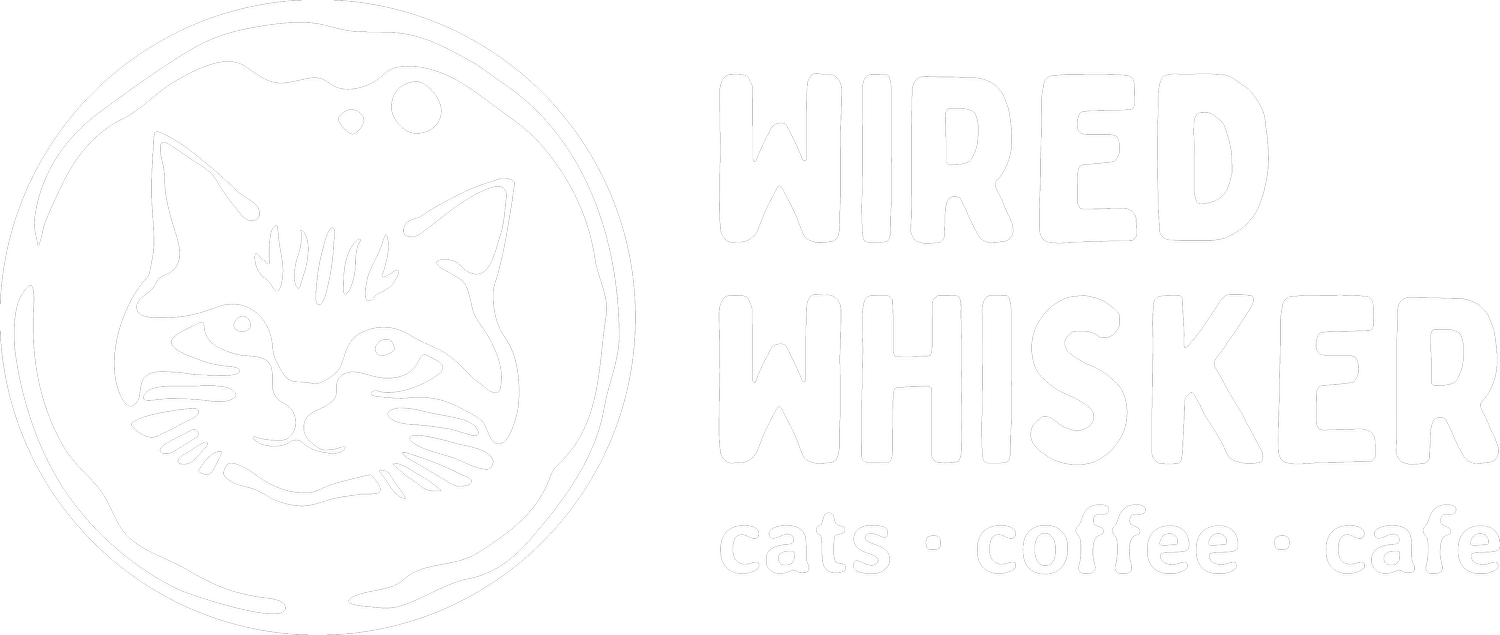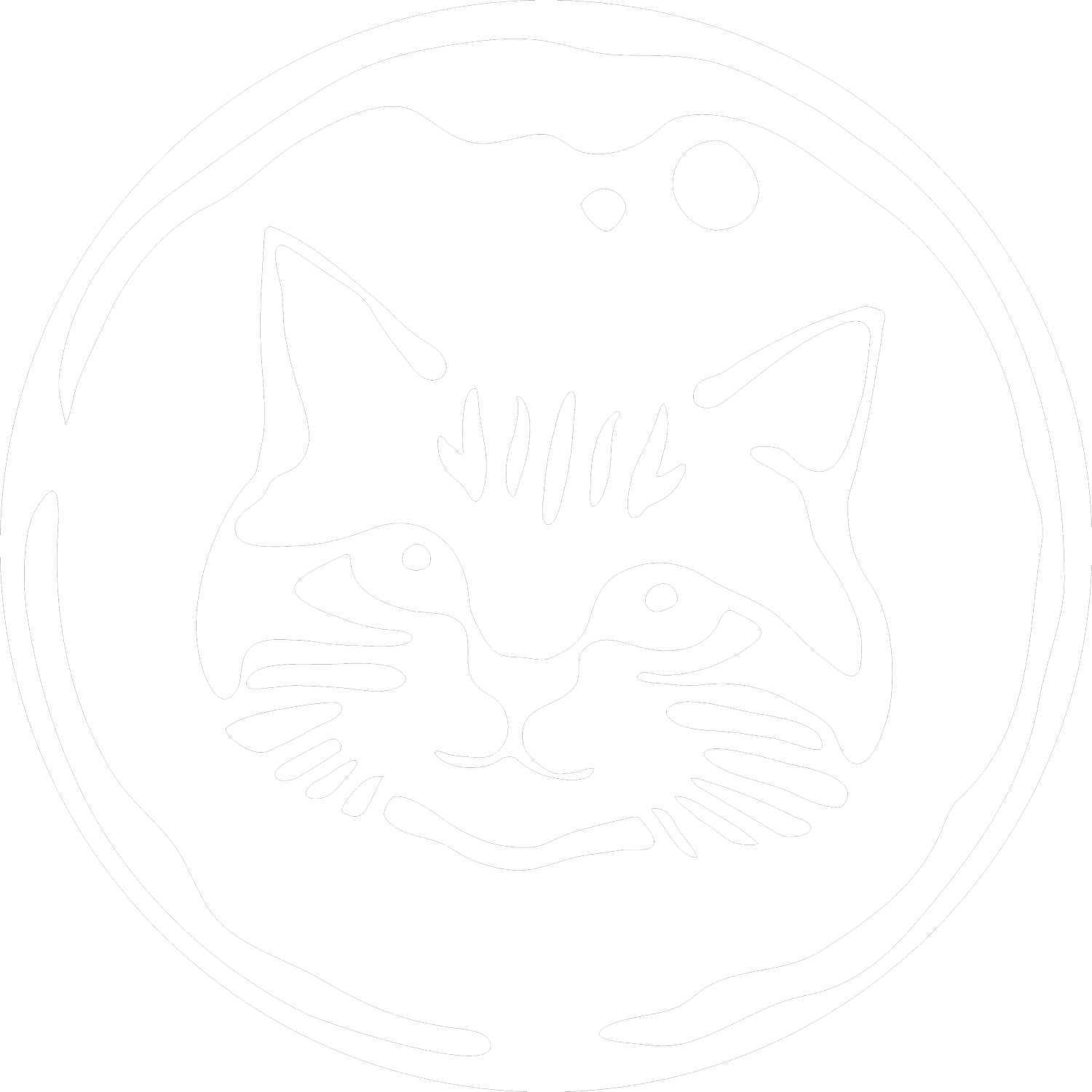The Purr-fect Mystery: Understanding the Healing Power of Cats' Purring
One of the most endearing qualities of our feline companions is their soothing purr. The gentle vibrations created by a contented cat have charmed and mystified cat lovers for centuries. But what do we really know about why cats purr, and is there more to this enchanting behavior than meets the ear? In this blog post, we'll explore the science behind cats' purring and uncover the potential healing properties associated with this mesmerizing sound.
The Mechanics of Purring
Before delving into the reasons why cats purr, let's examine how they produce this captivating sound. Purring is generated by the rapid contraction and relaxation of the muscles within a cat's larynx (voice box) and diaphragm. These contractions occur at a frequency of 25 to 150 vibrations per second (Hz). As a cat breathes in and out, the air passes over these vibrating muscles, creating a distinctive purring sound.
Purring as a Sign of Contentment
The most commonly recognized reason for a cat's purr is as an expression of contentment and relaxation. When cats are stroked, cuddled, or enjoying a cozy nap, they often purr to signal their pleasure and satisfaction. This association between purring and happiness has contributed to the comforting effect that purring has on both cats and their human companions.
Beyond Contentment: Other Reasons for Purring
While contentment is a primary reason for purring, cats also purr in various other situations:
Mother-infant communication: Mother cats purr while nursing their kittens, and kittens begin to purr when they are only a few days old. This shared purring helps to strengthen the bond between mother and kittens and may also serve as a form of "purring GPS" that guides the kittens to their mother when their eyesight is still developing.
Pain relief and self-soothing: Cats have been observed purring when they are in pain, frightened, or stressed. In these cases, purring may serve as a form of self-soothing or even pain relief.
Seeking attention and comfort: Cats sometimes purr when they are seeking attention or comfort from their human companions. This type of purring may be more insistent and urgent, signaling a request for assistance or reassurance.
The Healing Properties of Purring
Recent research has uncovered some fascinating potential health benefits associated with the vibrations produced by cats' purring:
Bone healing and growth: The frequency of a cat's purr falls within the range of 25 to 150 Hz, which has been shown to promote bone healing and growth. This may partially explain cats' remarkable ability to recover from injuries, as well as their resistance to developing bone and joint issues.
Stress reduction: The soothing sound and vibrations of a purring cat can help lower stress levels in humans, leading to decreased blood pressure, reduced heart attack risk, and improved overall mental well-being.
Pain relief: The vibrations generated by a cat's purr can act as a form of natural pain relief for both cats and humans, stimulating the release of endorphins and promoting relaxation and healing.
Healing Harmony - Appreciating the Mystical Power of Your Cat's Purr
The enigmatic purr of our feline friends is more than just a charming aspect of their behavior – it's a fascinating and potentially healing phenomenon. As we continue to learn more about the science behind purring and its various functions, we gain a deeper appreciation for the unique bond between humans and cats. So, the next time you're cuddling with your purring kitty, take a moment to marvel at the mysterious and healing power of their comforting vibrations.


